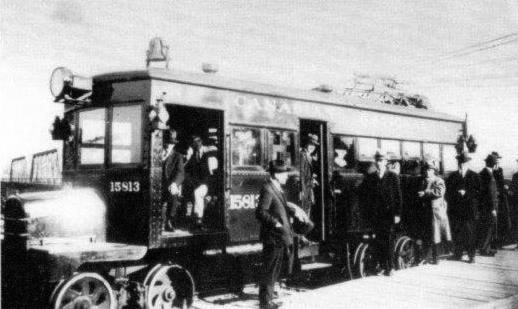Elida Peers | Contributed
Many will recall the name of Gerry Wellburn, a fine old gentleman working in the forest industry whose sense of history was so broad that he began collecting logging and railway artifacts in the 1930s.
It was Wellburn who initiated the forest museum at Duncan, which was to become the B.C. Forest Discovery Centre.
I got to know Wellburn in the 1980s and then to meet his daughter, Lois, who married Jack Phillips, a cousin of the pioneer Phillips family of Phillips Road in Sooke.
Lois Phillips provided us with this photo of gas car No. 15813, which for a few years in the 1920s traversed the rail line between Victoria and Sooke Lake.
It’s interesting to note that this particular gas car was launched in late 1921 in what was called the “Ottawa Subdivison” and represented a handful of these new self-propelled vehicles.
Built by Ledoux Jennings Ltd. of Montreal, the 30-passenger No. 15813 was powered by a REO gas engine and carried mail and baggage as well. The photo shows the vehicle readying at the Point Ellice yard for its inaugural run.
It was in October 1922 that this unit began its run in what the company called “the Cowichan Subdivision,” leaving Victoria daily and running as far as Sooke Lake and return.
From its station near the Selkirk trestle, the gas car rode on the CNR rail line, picking up and disembarking passengers at stations in Metchosin, Saseenos, Milnes Landing, Leechtown and Sooke Lake.
The Saseenos station stood at a point on the rail line halfway between Woodlands and Harbourview roads. The Milne’s Landing station stood slightly west of Meota Drive off Sooke River Road.
Since 1915, Sooke Lake water had been carried to Humpback Reservoir via a four-foot diameter gravity flow above-grade concrete flow line for distribution throughout Victoria, so there was a certain amount of traffic to Sooke Lake, besides Leechtown and Kapoor.
When the railway was extended further into the Cowichan Valley, a gas car of heavier construction, the No. 15810 Brill-type car took over from the one pictured. That gas car ran until the service ceased in 1931. (Note: While the original company laying the rail line was the Canadian Northern Pacific, by 1918 it had become part of the nationwide CNR system).
•••
Elida Peers is the historian of the Sooke Region Museum.
